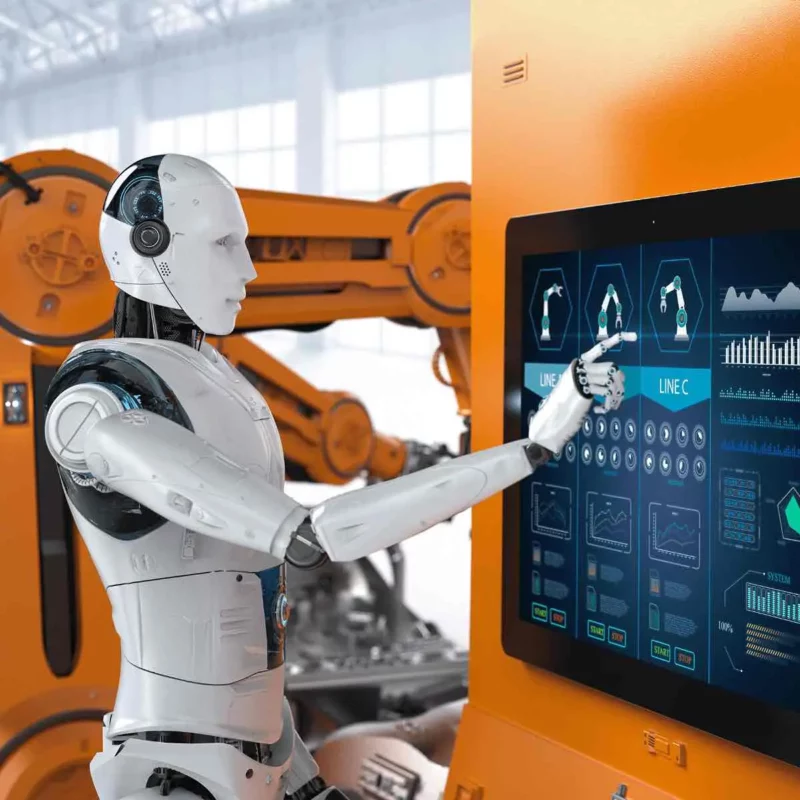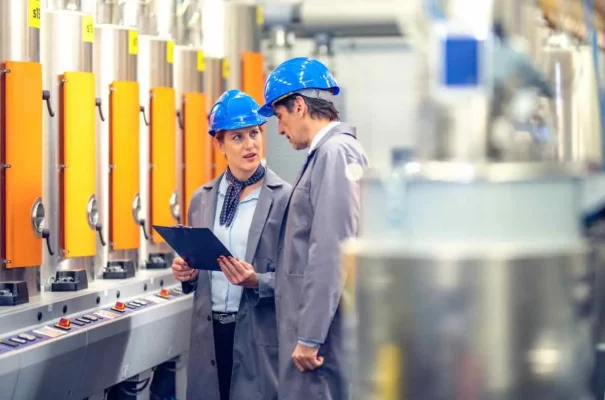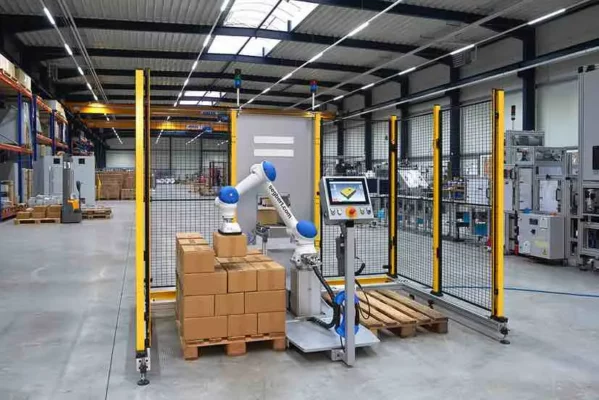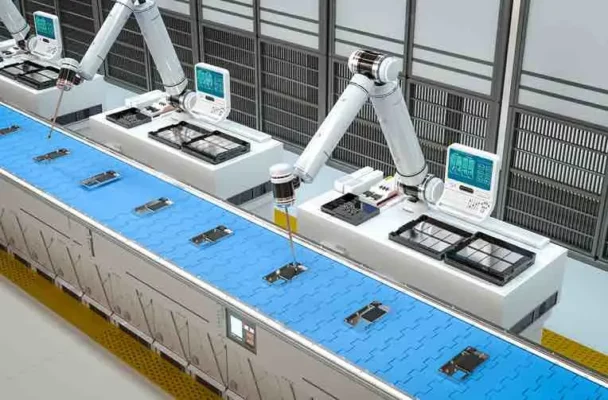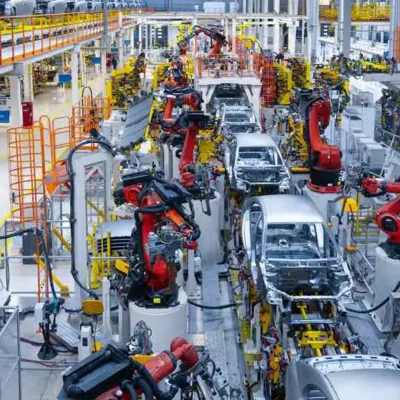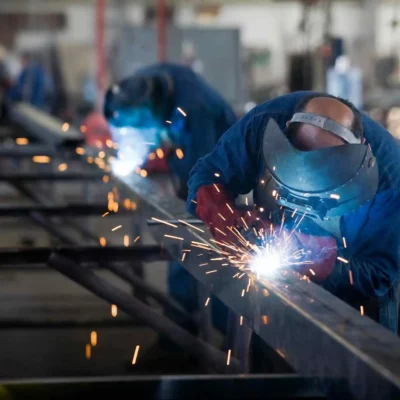What’s the cost of owning a humanoid robot? It’s not just a simple price tag; costs can vary greatly depending on their capabilities and construction. In this article, we’ll break down the factors that influence the cost of humanoid robots, look at some popular models and their prices, and help you understand the investment needed. Whether for business or personal use, we’ll guide you through what to expect financially when considering a humanoid robot.
What is a Humanoid Robot?
Humanoid robots are advanced machines designed to mimic human appearance and behavior. They typically have a head, two arms, and legs, allowing them to perform tasks in ways that are similar to humans. These robots are not just about looks; they’re built to interact with the environments and tools designed for human use.
Capabilities:
What makes humanoid robots special is their ability to engage in activities that require human-like dexterity and problem-solving skills. They can walk, grasp objects, and sometimes even respond to voice commands or recognize faces. This makes them incredibly useful for tasks that are too dangerous or repetitive for humans, such as in disaster recovery missions or assembly lines.
Applications:
Humanoid robots are finding roles in a variety of fields. In healthcare, they assist with patient care and rehabilitation. In customer service, they can manage information desks and interact with customers. They’re also used in research to study human-robot interaction and further develop robotics technology.
Factors Influencing the Cost of Humanoid Robots:
Design & Materials:
The design complexity and materials used in humanoid robots significantly impact their price. More complex designs and durable materials like metal usually mean a higher cost. For instance, a simple plastic robot might cost around $10,000, while a more sophisticated metal robot could range from $50,000 to over $100,000.
Sensors & Processing Power:
Sensors and processing power are crucial for humanoid robots, allowing them to interact with their surroundings effectively. These technologies are pricey, and robots that include cutting-edge sensors and processors are more expensive. Basic models might start at $20,000, with high-end versions going well beyond $200,000.
Actuators & Mobility:
Actuators are the components that enable a robot’s movement, and their quality affects the robot’s cost. Better actuators lead to smoother and more accurate movements. Robots with advanced mobility features, like the ability to walk or climb, need more complex and costly actuators. Prices for these robots generally start at $30,000 and can soar to $150,000 or more.
When thinking about buying a humanoid robot, it’s important to consider these factors. The initial investment might be high, but the advanced capabilities and potential applications of these robots can offer significant benefits across various fields.
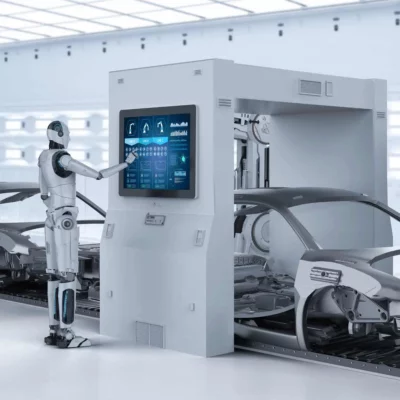
Cost Breakdown by Application:
Research & Development:
Humanoid robots used in research and development are high-end models packed with the latest technology. These robots help develop new tech and improve what’s already out there. They are the most expensive, with prices usually starting at $100,000 and can go over $500,000, depending on their features and customizations.
Commercial Use:
In industries like retail and hospitality, humanoid robots take on roles like greeting customers or providing information. These robots are simpler than those used in R&D but still need to interact smoothly with people. Their prices vary from $30,000 to $100,000, based on their design and capabilities.
Personal & Home Assistance:
For home use, humanoid robots are the most basic, handling tasks like monitoring, simple cleaning, or offering company. These robots are the most affordable, designed for everyday use, with prices ranging from $5,000 to $20,000. This makes them more accessible to a wider audience.
The cost of humanoid robots depends largely on their intended use. High-tech models for research cost significantly more than those used in commercial settings or homes. Understanding the different price ranges helps in choosing the right robot for your needs, whether it’s for advanced technological development, customer interaction, or personal assistance.
When considering the investment in humanoid robots, the Unitree G1, with its recently announced price of $16,000 reflecting its advanced capabilities and innovative design. This announcement was made just a day ago, highlighting the latest in cutting-edge technology.
Examples of Popular Humanoid Robots and Their Prices:
ASIMO by Honda:
Honda’s ASIMO, one of the earliest humanoid robots, has been a symbol of robotic advancements since its debut in 2000. Initially designed to assist people with mobility issues, ASIMO can walk, run, and climb stairs. Over the years, its design has evolved to include voice and face recognition. The cost of ASIMO is not publicly listed due to its continuous development and unique status, but similar advanced humanoid robots often range from $200,000 to over $2,500,000 depending on their configuration and capabilities.
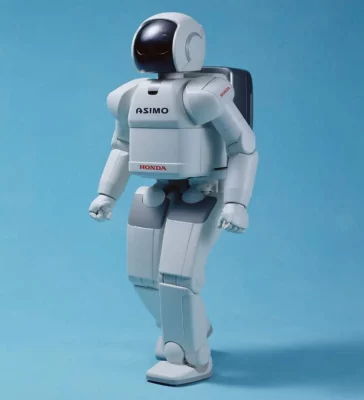
Sophia by Hanson Robotics:
Sophia is known for her human-like appearance and ability to express over 60 different facial expressions. Developed by Hanson Robotics, she can hold simple conversations and is often showcased in interviews and conferences as an example of future AI technology. Sophia was not created for commercial sale, making her cost difficult to pinpoint, but robots with similar features typically cost between $100,000 and $200,000.
Atlas by Boston Dynamics:
Atlas is designed for search and rescue tasks, able to navigate rough terrain and perform complex physical tasks like jumping and backflips. This robot showcases what cutting-edge mechanics and AI can achieve. Atlas is not available for purchase; however, Boston Dynamics’ advanced robots are usually part of high-budget research projects, suggesting a price well into hundreds of thousands of dollars.
Additional Costs to Consider:
Maintenance & Upgrades:
Regular maintenance is crucial to keep the robot running smoothly. This includes routine checks and replacing worn-out parts. Additionally, software and hardware upgrades can significantly improve performance but come at a cost. Depending on the complexity of the robot, maintenance and upgrades can range from $1,000 to $10,000 annually.
Training & Integration:
Integrating a humanoid robot into your team or workflow requires proper setup and training. Training staff to operate and interact with the robot is essential for efficiency and safety. The cost for professional training services can vary widely but typically starts around $2,000 and can go up to $20,000, depending on the depth of training and the robot’s complexity.
Insurance & Warranty:
Insuring your robot against damage or malfunction is wise, especially given the investment size. Insurance costs depend on the robot’s value and the coverage extent but expect to pay a few thousand dollars a year. Additionally, investing in a good warranty can save costs in the long run by covering significant repairs and parts replacement. Warranty extensions or enhancements might cost extra but provide peace of mind.
These additional expenses—maintenance, training, insurance, and warranties—are important to factor into the total cost of owning a humanoid robot. Understanding these can help you budget more accurately and avoid unexpected costs.

Buying vs. Leasing Options:
Buying Outright:
Purchasing a humanoid robot means you own it completely, requiring a significant one-time payment. Prices vary widely, starting at $5,000 for basic models and soaring to over $500,000 for the most advanced ones. Owning a robot allows you to customize it freely and avoid ongoing payments, but it also means you’re responsible for all maintenance and upgrades, which can be costly.
Leasing Options:
Leasing a humanoid robot involves lower initial costs and flexible terms. Monthly leasing fees can range from a few hundred to several thousand dollars, depending on the robot’s complexity. Leasing contracts often cover maintenance and updates, helping avoid unexpected expenses. However, over time, leasing costs might add up and exceed the cost of buying a robot outright.
Comparative Analysis:
For businesses, buying a robot makes sense if you plan to use it long-term, as it may be cheaper over time. Leasing is better suited for those who need temporary solutions or want to keep options open for upgrading to newer technology more frequently. Leasing also helps preserve capital for other investments. Each company should weigh its financial ability, technology needs, and preference for flexibility when choosing between buying and leasing.
Conclusion:
We’ve discussed the costs of owning a humanoid robot, which vary based on the robot’s complexity and purpose, from home use to research. Understanding the full costs, including purchase, maintenance, and training, is crucial, but the potential benefits can make it worthwhile.
Curious to connect with other robotics enthusiasts and experts? Join the Qviro Community today and start engaging! Join Qviro’s Community!
